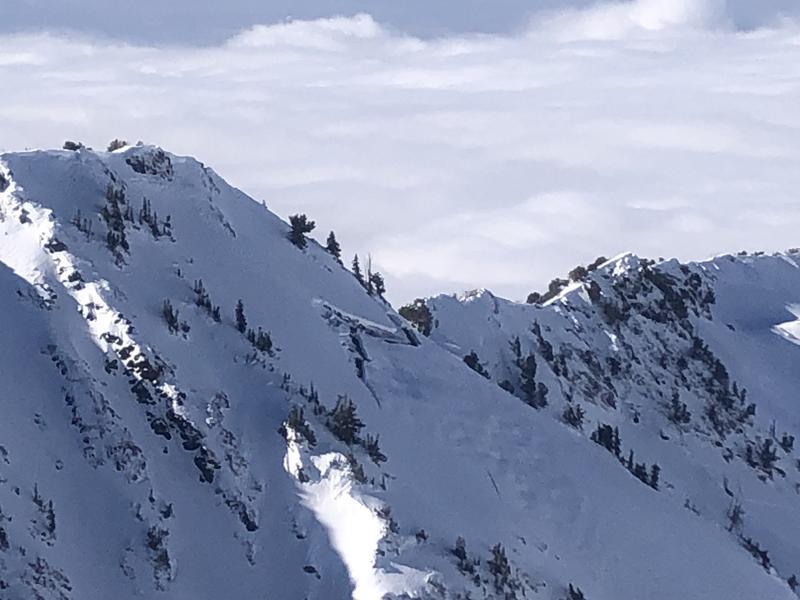Forecast for the Salt Lake Area Mountains

Issued by Mark Staples on
Wednesday morning, November 16, 2022
Wednesday morning, November 16, 2022
Today the avalanche danger is LOW on all aspects and elevations. You can certainly find trouble, and even when the likelihood of triggering an avalanche goes down, it never goes to zero. That is why we carry avalanche rescue gear, train how to use it, and only expose one person at a time to avalanche terrain.

Low
Moderate
Considerable
High
Extreme
Learn how to read the forecast here








